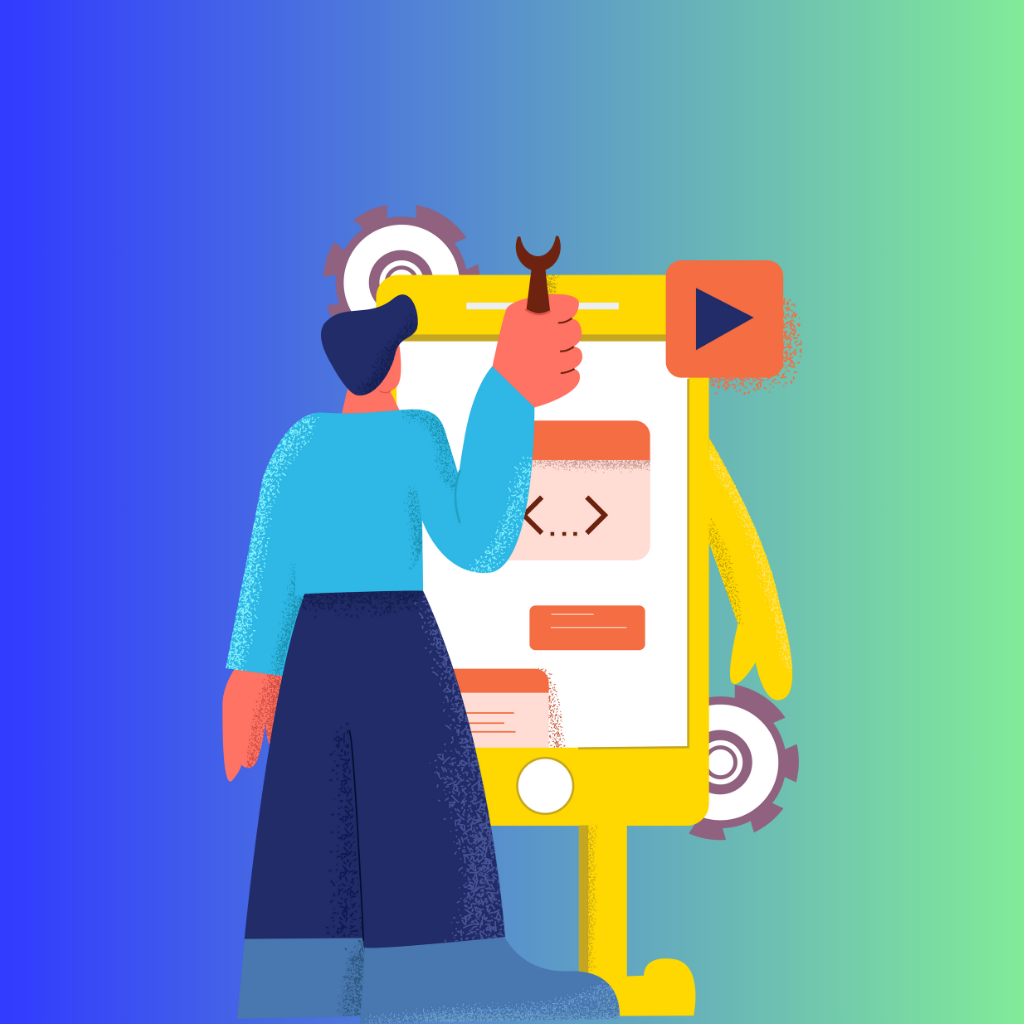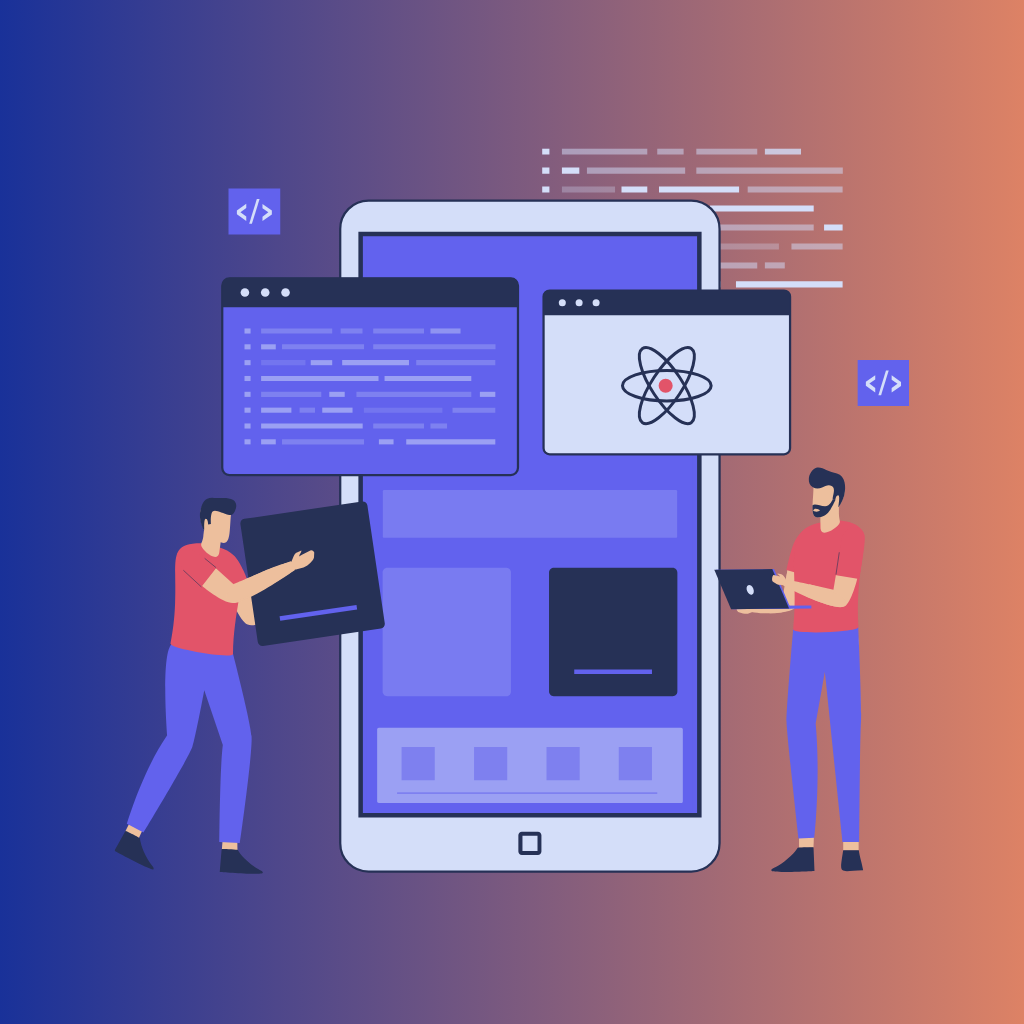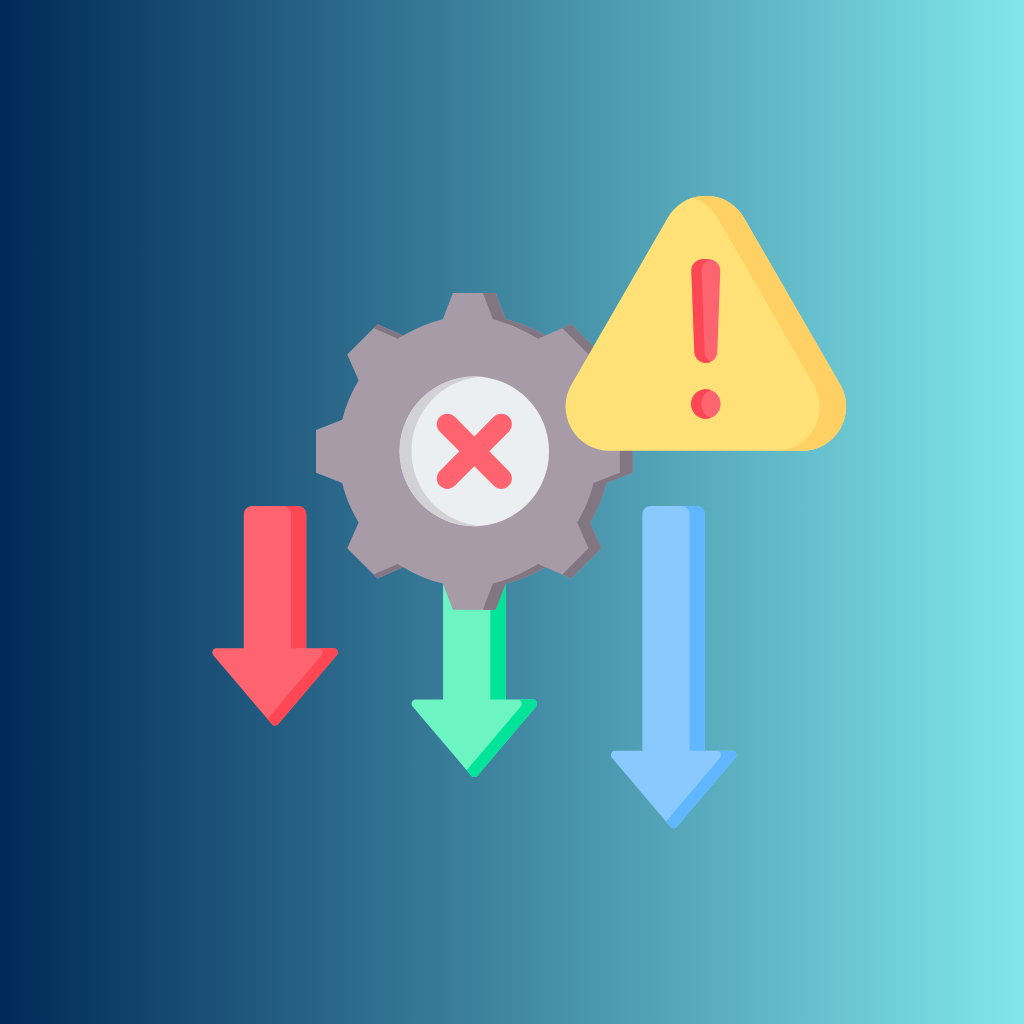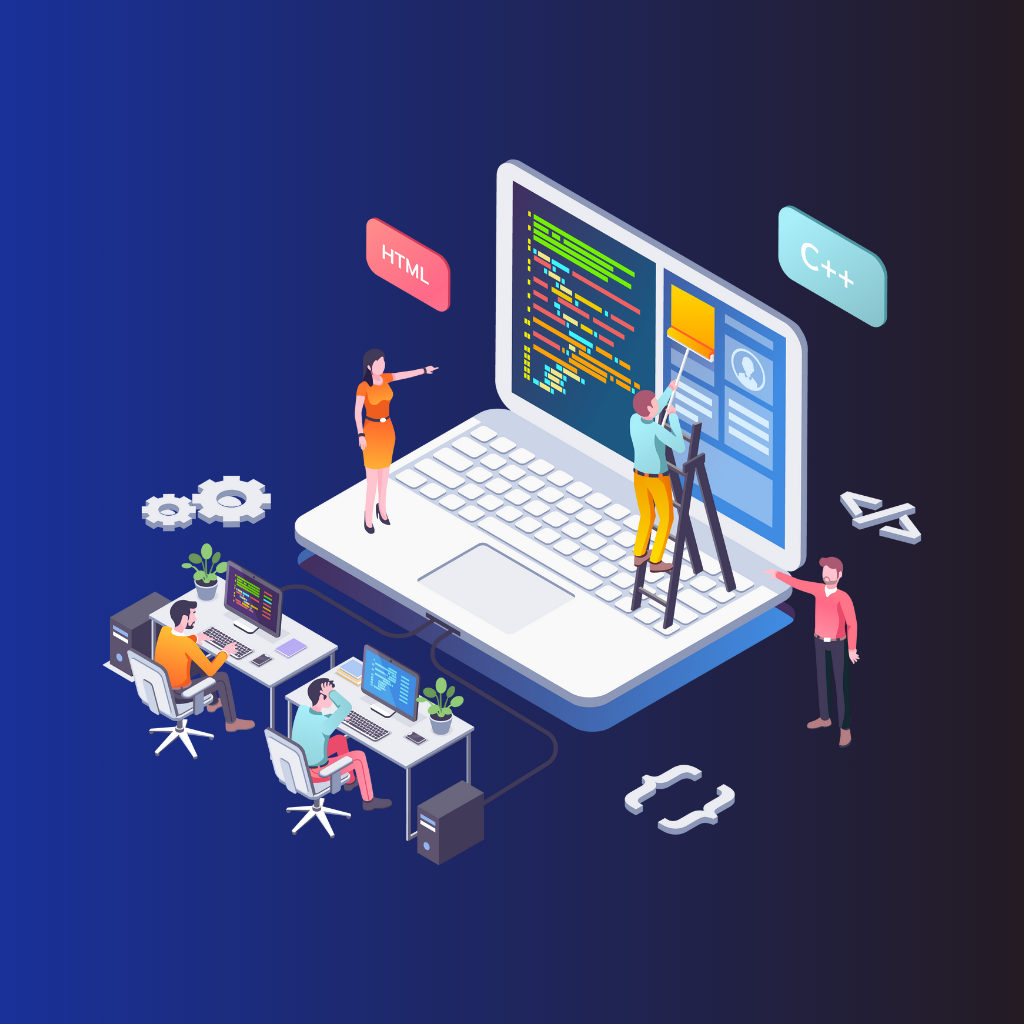The reality of the current digital age lives with the fact that apps have been brought to the forefront in each human activity, either personal or professional. They just make work easier, they are productive, and from the palm too, right? Mobile applications are everything: whether we are eating, banking, or even just communicating.
The tools have become so incorporated into our lives that one cannot imagine a day without them. The fact has a highly endorsed degree due to the pervasive incorporation of mobile applications in almost every walk of life that today, life without the same has become highly elusive. This places Android on the very top of the mobile operating systems and snatches a huge share—underscoring its impact on the app development industry. It's not just a number; it represents millions of people out there relying on the Android apps in daily life. Thus, it has become clear how developing an Android application is not only a workable way of product representation on the market but one of the indispensable efforts for businesses and developers that are willing to enlarge the audience of their product. It helps drive growth and provides myriad opportunities for developers to make a mark in the market. This thus opens up an opportunity in the Android App Development scope that is both engaging and reaches a diversity of users, and hence the potential for this massive impact and important innovations in today's digital world.
Understanding the Basics of Android App Development
Developing Android apps involves developing software for the creation of device-based applications for the Android operating system. In many ranges and types, developments can be quite simple utilities or complex gaming applications—all tailored to help enhance the Android user's experience. The beauty of developing for Android is in the open-source nature of the platform, which avails developers the freedom to experiment and tailor their applications in line with the multi-faceted device requirements.
Android Studio is among the essential tools that are key to use in the development of Android applications.
With a powerful feature set, Android Studio provides developers a platform to design, develop, and debug Android applications. It is supported by a range of tools that make coding, managing project files, and integration of Google services easy. With time, in the languages, Java and Kotlin1 are still the most known for the formation of Android applications. Java has ever been the favorite language of Android developers and has been very flexible and powerful; in later days, Kotlin has become very much famous, full of support from Google. Kotlin is a real, enticing alternative for programmers who are producing high productivity and app quality with its modern, concise, and safe style of programming. Android Studio empowers developers with full support in either language, depending on the choice of language and what would be fitting in consideration of project needs.
1. Plan Your Android App
First and foremost, the purpose of the app is just the foundational stage of planning your Android app. Clearly, identifying the purpose is key to the success of the app. Therefore, knowing exactly what it is that you would want your app to accomplish steers the development process, and at the same time, every feature added will be in line with the core objectives. It could be solving a particular problem, entertaining, or enhancing productivity; a well-articulated purpose just guides you like a compass during the development journey.
Next, one needs to identify his or her target audience.
Knowing who will be using your app will influence every decision, from the design aesthetics to the functionalities offered. This informs steps such as researching demographic details of the potentials, e.g., age, gender, location, interests, and tech savviness among many others. For example, an application designed for an older user will have to focus on large fonts, simple navigation, while one intended for a teen who is young and tech-savvy will have to prime with the best performance and the latest features. Finally, draw a comprehensive app specification or requirements document as part of your planning. Sometimes called a blueprint for your app, this document describes what makes your app tick in and out, both the front and back end, including all the features, user interface, performance criteria, and security measures.
2. User Interface Design
First, an appealing user interface (UI) is very key to the success of any mobile app. This directly has an impact not only on how the users view your app but how easy or difficult it will be for the users to find their way around and use the app. This very level of simplicity and user-friendliness is what, in general, forms the very essence of good design for any mobile application: having an interface that is simple and clean helps the user avoid confusion and frustration, hence this makes goal completion an easy task for the user. User-friendliness - an interface with easy, understandable navigation and interaction elements, the ones that would make using them most convenient and plain for an outstanding user experience.
And many of those tools were created to assist developers and designers in building beautiful UIs that are functional. Sketch and Adobe XD are two of the most common tools used around the world among UI/UX designers. Sketch mostly has a simple kind of focus in the vector UI design and is an absolute best application in an interface context. Adobe XD is a sophisticated suite for app design and prototyping. Designers can prototype complex animations and transitions, simulating the feel of an app in real life long before writing code. Both the tools offer state-of-the-art features catering to the design process — wireframing to final handoff of the designs to the developers.
3. Set Up Your Development Environment
Setting up a proper development environment is one of the most important steps in Android application development. Development of most of your work in designing, coding, and testing will occur in this environment. Android Studio is the official Android application development IDE, presenting all needed development tools in one complete package. Here's an installation guide:
- Download and Install Android Studio: Visit the Android Studio website (developer.android.com/studio), download the appropriate version for your OS, and follow the installation instructions. This includes downloading the Android SDK, IDE, and the latest Android Virtual Device.
- Initial Setup and SDK Manager Configuration: The first time you run Android Studio, configure extra components and open the SDK Manager from Tools > SDK Manager to download necessary Android SDK tools, platforms, and APIs. Select items relevant to the latest Android versions for your development.
- Set Up a Virtual Device: Go to Tools > AVD Manager to create and configure a virtual Android device, selecting the hardware profile and system image that matches your development needs.
- Verify Your Setup: Create a new test project with a selected template, name your project, and run it on an emulator or physical device to ensure everything is correctly set up.
- Effective Use of the Android SDK: Regularly update your tools through the Android SDK Manager and utilize multiple Android libraries to enhance coding efficiency. Employ Material Design for appealing interfaces and make use of Android’s debugging and testing tools like the Android Debugger (ADB) and Android Profiler to optimize app performance.
4. Building the First Prototype
The first prototype is one of the most important steps within the whole process of Android app development is the development of the first prototype. It is the first attempt at writing your app with its basic functionality and includes your design, where you can test how your ideas get realized in a working application.
Integrate UI designs
Begin implementing the UI designs in tools such as Sketch or Adobe XD to Android Studio. At this point, is where the visual elements are translated to XML layouts in Android, which makes up the structural foundation for your app interface.
- Add Core Functionalities: Start coding the core functionalities following the specification document for the app. Focus more on the major functions that will facilitate the app operation by this step. You would have done the coding using Java or Kotlin. Use Android's rich, deep API libraries to enhance functionality—without having to invent complex systems from scratch.
- Navigation: Allows movement from one screen to other screens and functionalities of the app. This, therefore, involves the use of intents, use of Android's Navigation component for easier handling of UI content, and that the app should have a logical flow from one task to another.
- Test Your Prototype: Use an Android emulator to test your prototype on virtual devices or use real hardware for interactive testing. This is going to be the first test just to help you uncover any glaring issues or changes that need to be made in order to match your original vision.
Android application development has a life cycle that includes some standard stages or phases. The Android application development lifecycle is vital to be aware of in order to control the process of developing the app. It is a series of main key stages through which an app must pass, from the concept of developing it to deployment and updating. Key phases include:
- Design: Application functionalities are designed, the user interface of the application is designed, and testing is conducted in the team.
- Testing: Comprehensive testing phases, including unit testing, integration testing, and user acceptance testing.
- Deployment: The process of getting the application ready for use and distributing it, for example, in the Google Play Store.
- Maintenance: Keep updated and improved according to user feedback and new needs.
5. Iterative Development: Build, Test, Feedback, and Refine - Why It's Important?
The iterative development provides the key to successful app development. Some of the features get built, then the features get tested, and accordingly, feedback is taken. Based on this feedback, the products need to be tuned. This gets repeated then in the subsequent building stages, ensuring the app grows in response to users' needs and technical requirements.
- Built: Build features incrementally, starting from the core functionalities and gradually expanding.
- Test: Regular testing ensures that each feature works as intended and identifies bugs or usability issues.
- Feedback: The feedback could come from beta testers, stakeholders, or actual users in real life scenarios and could provide information or clues that may seem cryptic or unattainable to developers and designers.
- Refine: Use the feedback to make informed decisions on changes and additions that could be done in the application. Thus, refine them so that user expectations are effectively met for improved performance. This iterative process is useful for reducing risks because it will avoid lots of work invested in features that could finally go on to not meet the needs of users, and it leaves room for the development team to react more flexibly to changes and learning throughout the project. You should focus on iterative development to make sure that your Android app is well-tuned to the market's demand, robust, and user-friendly at launch.
Launch the App
Releasing an Android app includes a number of key steps so that the app has been prepared for the public availability properly and will be able to reach the maximum impact following the release. The preparation, compliance with the platform's requirements, and strategic marketing are all the necessary conditions for a successful launching campaign.
Steps to Prepare the App for Release:
- Debugging: Before you think of launching, ensure to make your app free of bugs. Use the tools for debugging in Android Studio and point out systematically with the help of the given pointers. This should make your application work well for all targeted devices and configurations.
- Final Testing: This is to take the form of the most rigorous testing in all aspects of the application: unit, integration, and user acceptance tests. The usefulness of beta testers at this stage is ideal, since they would supply real-world testing scenarios that are most likely going to bring up problems not noticed at early stages of testing.
- Adherence to Google's Requirements: Inasmuch as the application has to appear in Google play, there are requirements set for the contents of the developer and some technical requirements that involve the performance and stability of the application. Ensure your app is in compliance with these requirements so that there are no hitches in the approval.
- Prepare Promotional Material: First of all, prepare the promotional materials. It will include a set of high-quality screenshots of your application, a very interesting description of your application, and a promotional video in case you have it. That is pretty important, for they are the ones affecting users' first impression and downloading decisions.
- App Submission: Once the app is done and ready for release, you will be able to submit it to Google Play Console. The app requires one to create an account for the developer filled with the details of the app, the category of the app, and other details of the product regarding pricing of the app.
Review and Approval of the App
After the submission, your app undergoes a review from Google, both in security and functionality. Usually, this should take them a day or several hours. After approval, your app goes live on the Google Play Store.
- Pre-launch marketing: Start creating buzz around your app release with pre-launch marketing. This could take the shape of social media teasers, previews made available to tech bloggers, and influencers.
- App Store Optimization (ASO): Optimize the application listing with relevant keywords in the app's title and description to increase visibility towards store search. In fact, it means mobile app world search engine optimization.
- Launch Promotions: Launch promotional offers for your early users—time-bound free access to premium features, discounts on premium features, or in-app credits they'll be happy to consume to drive downloads.
-
- Social Proof: Motivate users of your application to give ratings and reviews on the Google Play Store. Good ratings and positive reviews highly develop the credibility and attractiveness of your application for other new users. By following these steps and preparing thoroughly, you can smooth the way for your app's launch and enhance its chances of success in the extremely competitive app market.
Post-Launch: Monitoring and Updating
That is, with the launch of the app, your journey does not cease. It's a new step that implies monitoring performance, engagement with users, and the app lifecycle iteration based on your feedback and analytics. This continuous improvement cycle is of the essence for keeping the users satisfied and remaining competitive in the app market.
It is very vital to monitor the app performance, since a live environment may present different results from a testing environment. Tools like Google Analytics for Firebase help in monitoring the use of the app and, if the user is engaged in it, gauge the level of activity in the app.
Analytics data helps you track actions by the user, popular features and areas the user is having difficulty with:
- Performance Metrics: It is able to monitor key performance metrics, such as loading time, crash rate, and response time, that directly affect user interaction. These metrics are evidently able to raise and reflect some of the technical issues that were never seen before in the evaluation process.
- User Engagement: Analyzing user interactions with the app helps you get insights on which of the features are engaging and least engaging; this is pretty valuable information that should guide development efforts in what features to work on first, based on which ones will return the most value to your users.
Your feedback and reviews from the customers are the direct lines of conversation with your users—providing positive reinforcements and critical insights in two different paths.
- Encourage reviews: Make it simple for the users to leave feedback within the app. Encourage the user to write the review after reaching certain milestones while using the app or after some period of usage.
- Respond to feedback: In most cases, users are likely to feel that a review is more genuine if the developer took time to respond to it. So, the users will feel like their feedback is useful to them and will be willing to leave more reviews. This will not only help in improving the app but also build a loyal user base that feels valued.
- Community Engagement: Where users can create their community around your app with social media, forums, and user groups, this could lead to more engagement with the app, giving a platform where they share tips, tricks, community-like feedback.
Conclusion
All along this guide, we have covered the entire journey of Android App Development right from conceptualizing to the monitoring and updating steps after launch. Each of these steps is vital, and, as we have seen in this guide, it piles on the previous one to end up with a successful mobile application. A quick recap:
- Understanding the Basics: We have taken a look at the basics of developing an Android app during the session, which involved the development of the programming languages that include Java and Kotlin, the platform to be used includes the Android Studio.
- Planning Your Android App: Emphasis was laid on the clarity of the purpose, knowing the target audience, and documenting everything in a detailed specification document.
- User Interface Development: We identified the good UI design principles and tools that will be useful to make a clear and good-looking interface.
- Setting up your development environment: Step-by-step guidance on how to set up Android Studio and getting the most out of tools offered by the Android SDK.
- Developing the First Prototype: This is the phase where app designs transition into a working prototype, and hence, by nature, there will be going through several iterations at this development phase.
- Testing Your App: We've walked you through the different sorts of testing and the tools that will help ensure your app works perfectly.
- Launching the App: After everything was prepared, the process of deployment on Google Play was described, and marketing plans that guarantee reaching the largest possible audience were made.
- After Launch: This would highlight the importance of following up with the app performance, communicating with end-users on the necessary updating of refining and making improvements to the app.
First steps on developing an Android app can seem daunting, but with the right tools, knowledge, and resources, it's totally doable. Whether you are a novice developer or a skilled expert, your project will most likely be unique—and it'll provide an innovative opportunity to make a real difference in people's lives through technology. This guide will enable you to make this first step. An idea – that's where it all starts. Rigorous planning and moving confidently through the stages of development. The world of Android app development is huge and dynamic, and every step is important. Your stake is valuable. So dive in, learn continuously, and have fun along the way, bringing your digital vision to life.






